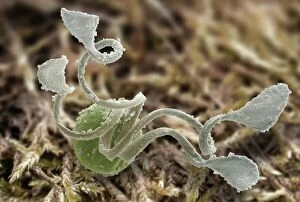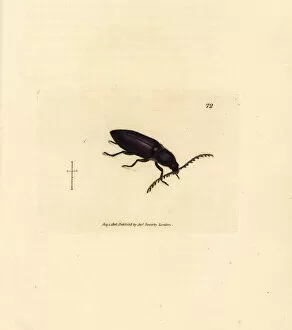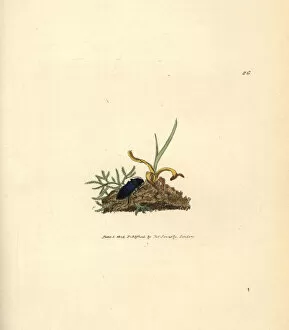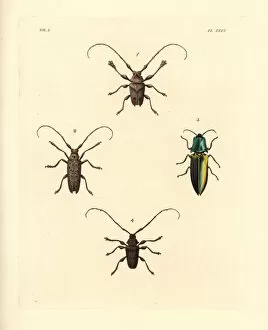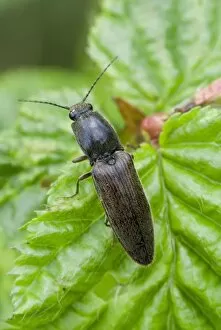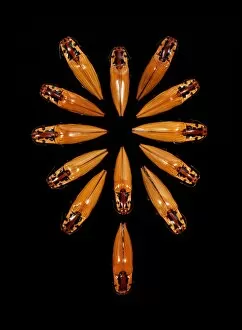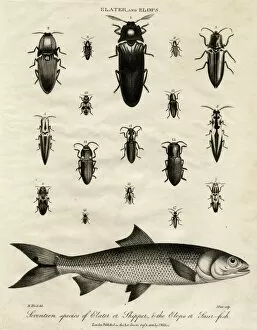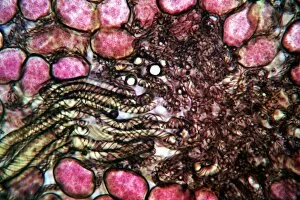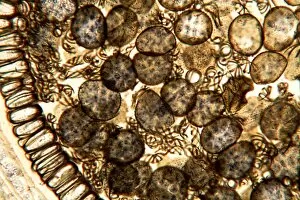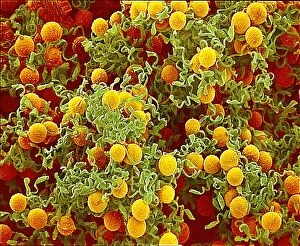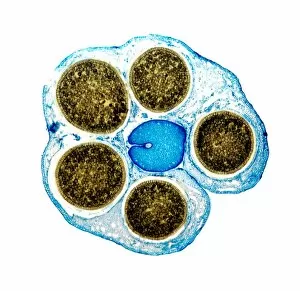Elater Collection
Elater beetles, also known as click beetles, are fascinating creatures that have captured the attention of scientists and nature enthusiasts alike
All Professionally Made to Order for Quick Shipping
Elater beetles, also known as click beetles, are fascinating creatures that have captured the attention of scientists and nature enthusiasts alike. Their unique ability to produce a clicking sound by snapping their thoracic segments together is not only intriguing but serves as a defense mechanism against predators. One captivating image shows a common horsetail spore under scanning electron microscopy (SEM). The intricate details of this tiny spore become apparent, revealing its role in the reproductive cycle of horsetails. Another SEM image showcases an array of horsetail spores, each one holding the potential for new life and growth. In contrast to these delicate spores, we find the Ctenicera cuprea beetle. Its metallic copper-colored exoskeleton gleams under sunlight, making it an eye-catching sight in any natural setting. This beetle belongs to the Elateridae family and shares some characteristics with other members such as Selatosomus aeneus or Sawyer beetles, jewel beetles, and longhorn beetles. A vintage illustration from Curtis British Entomology Plate 694 takes us back in time when scientific illustrations were meticulously hand-drawn. It beautifully captures the essence beetles with precise details that allow us to appreciate their intricate anatomy. But what truly sets elater beetles apart is their ability to communicate through light signals emitted by specialized organs called photic organs. These bioluminescent displays can be witnessed during warm summer nights when fireflies illuminate fields with their enchanting glow. Reading by firefly light becomes an unforgettable experience that reminds us of nature's wonders. With so much diversity within this group of insects, it's no wonder why they continue to captivate our curiosity. From their distinctive clicking behavior to their stunning colors and adaptations for communication through light signals – elater beetles never fail to amaze both scientists and those lucky enough to witness them in action.

